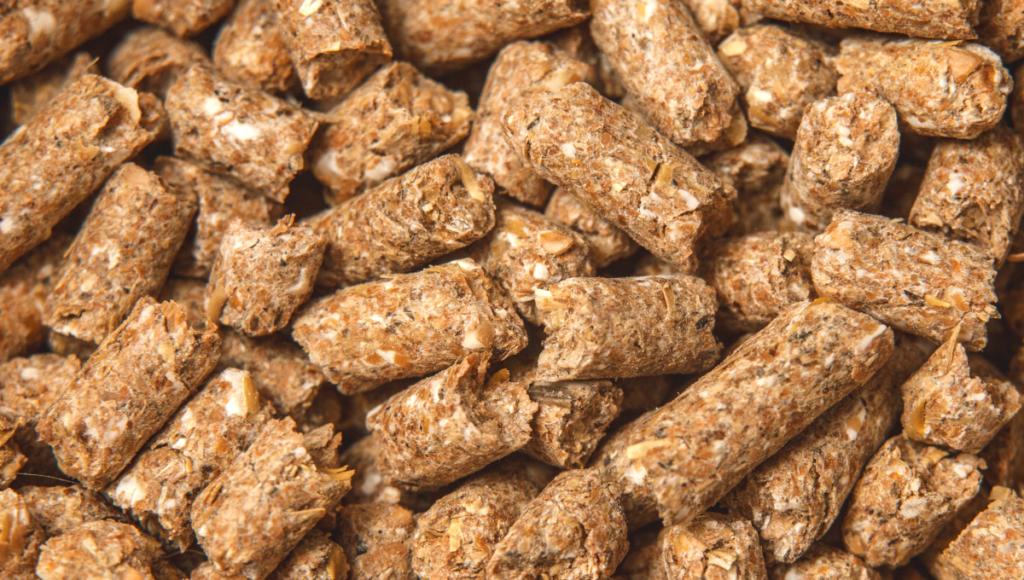The preparation of a feed for a particular type of animal requires a series of care and studies to find the formula that best meets the needs of the physiological characterization and performance objectives of the animals. Not by chance – and it is always worth remembering – that animal nutrition is a science, quite specific, and that requires companies to be in constant improvement to balance the good care of the animals’ needs with the promotion of their business.
Thus, knowing the impact that a given product will bring in terms of feed and nutritional efficiency to animals, whether in the creation or adaptation of new recipes, is essential to define the strategic steps and processes that assist in the production of successful products. This is a key point to ensure success in developing products that deliver value and meet the needs of your customers. To help you when developing products that meet your company’s innovation and business strategy, we will present five types of finished product classifications and talk a little more about the characteristics of each one. Read on!
1) Fareladas
Bran feeds are the most common and undergo the simplest processing during their formulation. In it, the ingredients are placed following the standard amount previously established, go through the milling process and soon after are mixed until they become a single material, without distinction of component.
This type of feed is manufactured for various types of animals, the most common being cattle. It is a simple manufacturing process, and the finished product can be bagged or stored.
2) Pelleted
Another process widely used by the feed industry is pelleting. It differs from bran pellets in the final part of the procedure, because the nutrients that have been weighed, milled, and mixed go through a heating process of up to 900ºC and a humidity and pressure stage. The result is pellet-shaped grains.
The addition of this type of exposure to heat, pressure and moisture, as well as the shape of the feed, allows for less waste of feed when the animal is feeding, since it tends not to produce as much bran. In other words, pelleted feed improves digestibility and thus feed efficiency compared to bran feed.
Despite being used in some cases, pelleted foods are not indicated for animals that have contact with water, such as fish, or that live in wet environments. This indication is made because when it comes into contact with the pellet it loses nutrients.
3) Extruded
On a scale of number of steps within feed processing, extruded feeds are above that of bran and pellets. Unlike the other two, the mixture of ground nutrients goes through the process of pressure, heating, and humidity, plus more treatments that ensure a better performance of the food.
During the heating phase, the material is put up to 1500°C, more than the pelleted feed. The humidity in which it is exposed is up to 25% e and the pressure varies from 30 to 60 atm. All this is done so that the food can also be consumed by fish, without losing the quality of the nutrients.
With a few adaptations, the pellet can float and be consumed by fish that rise to the surface; submerge and stay halfway up an aquarium/tanks, for example; and have the highest density to reach the ground and meet the needs of fish that feed at the bottom of the aquariums/tanks.
In addition, the extrusion process gives products strength and formatting characteristics, enabling the production of different shapes and sizes of food. For this reason, it is widely used in the nutrition of dogs and cats not only by increasing the digestibility of proteins and carbohydrates, but also by enabling the creation of foods that combine sensory attributes that stimulate the appetite of animals, without giving up the nutritional properties of the feed.
4) Humid
Wet food is used mainly for dogs and cats that are experiencing health problems related to loss of appetite, problems with the strength of the teeth and weaning of puppies. In its processing, the pellet receives, besides the mixture of nutrients and the appropriate treatment for conservation, an addition of water, with some other components that make the food more attractive to the animal.
The presence of liquid in the package in which they are marketed increases the animal’s palatability and, generally, this type of feed is used in exceptional cases by the guardians. In compensation, as much as it is more attractive, the wet feed has a much shorter shelf life outside the package than dry feed. That’s why it is indicated that consumption is immediate after opening the package.
5) Baked
Companies that manufacture animal feed often test new formulas and processing to find a new product that will have an impact on the market.
Baked foods emerged from this attempt to find something new. During the pelleting process, the nutrients are also milled, mixed, shaped, heated and finally baked. This last step is what differentiates this food from the others mentioned above, because it is still a dry feed, but it has a high palatability content, making it more attractive to both guardians and animals.
Product Variety
The food fed to animals is essential to ensure that all the nutritional needs of their life stage are met. By linking minimal nutrition to a product that delivers a fit with the habits, preferences and food enrichment with the welfare of the species, we take a broader and more biologically appropriate view. This approach enables formulators to anticipate, at the time of ingredient qualification and product composition, how to deliver foods that promote health, animal satisfaction and food safety.

